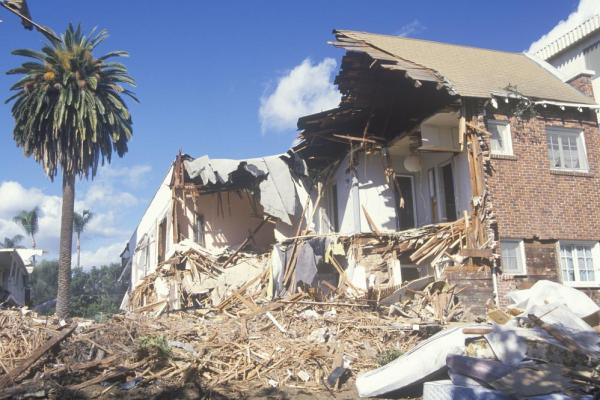
LOS ANGELES, Oct. 7 (UPI) — Scientists have found evidence of seismic activity at depths of 15 miles beneath Earth’s surface, proof that earthquakes can penetrate much deeper than previously thought. The findings, detailed in the journal Science, have implications for earthquake prediction and risk-assessment models.
Small earthquakes happen frequently among active fault systems. Though difficult to monitor, small earthquakes offer scientists a chance to understand seismic behavior and predict the next big one. They provide the data necessary to build models.
But the latest findings suggest those models may need to be tweaked. Researchers at Caltech recently measured a variety of unusual seismic phenomena along the 50-mile-long Newport-Inglewood fault, or NIF.
“Most of the damage is inflicted by large earthquakes, but these small earthquakes like the ones we observe at NIF occur much more frequently, and their location can be used to highlight active faults and their depth,” Asaf Inbal, a grad student in geophysics at the California Institute of Technology, told Live Science.
The seismic data revealed deep-lying activity, suggesting earthquakes can penetrate up 15 miles into the Earth. Their observations also revealed an unexpected pattern.
Most faults host a predictable ratio of differently sized earthquakes. For every large earthquake, a fault will host a number of small earthquakes. These ratios are relatively constant across fault systems. The Newport-Inglewood fault appears to be an outlier, as it hosts many more small earthquakes than expected.
The data reveal a variety of possibilities. If deep-lying seismic activity is more common than previously thought — and rarely picked up by surface-level seismic monitors — scientists may be underestimating the potential for fault systems to generate large quakes.
“That got us thinking — that if earthquakes want to get big, one way of achieving that is by penetrating deep,” Caltech seismology professor Jean Paul Ampuero told the Los Angeles Times. “The big question is: If the next, larger earthquake happens, if it manages to penetrate deeper than we think, it may be bigger than we expect.”
In 2012, a magnitude 8.6 earthquake struck the Indian Ocean, violently shaking Indonesia. Researchers didn’t think such a massive earthquake was possible. The latest findings may help explain how a fault system can produce such a behemoth.
“Since then, we’ve been wondering if something similar could happen on continental faults like in California,” Ampuero told Live Science. “Our discovery of deep quakes in Long Beach tells us that the deep roots of a continental fault can still generate quakes.”
Researchers say their new findings aren’t necessarily cause for alarm. They don’t prove NIF is capable of a magnitude 7 or 8 earthquake. In fact, the readings suggest the microquakes measured along NIF may be trapped deep below the mantle, unable to penetrate to the surface. But little about the latest study is conclusive.
“Bottom line: We need to do more research about these deep, little quakes,” Ampuero said. “Deploying more of these hyperdense seismic networks is one way forward.”




